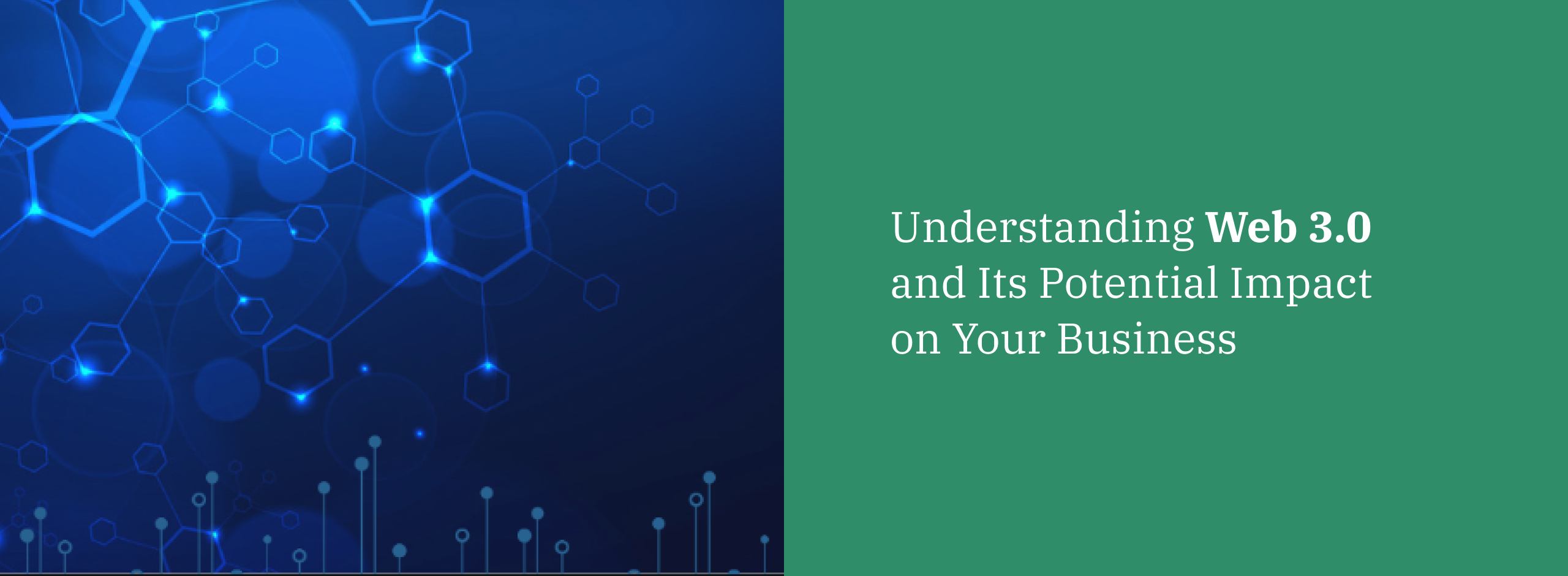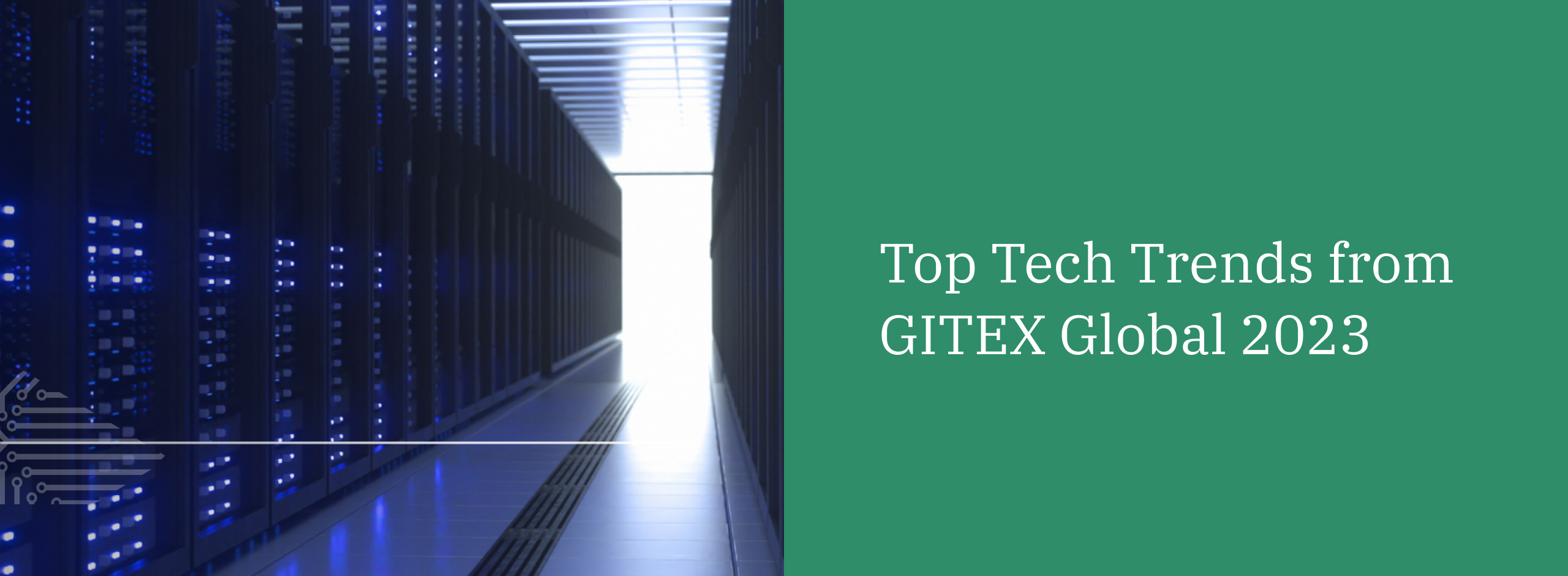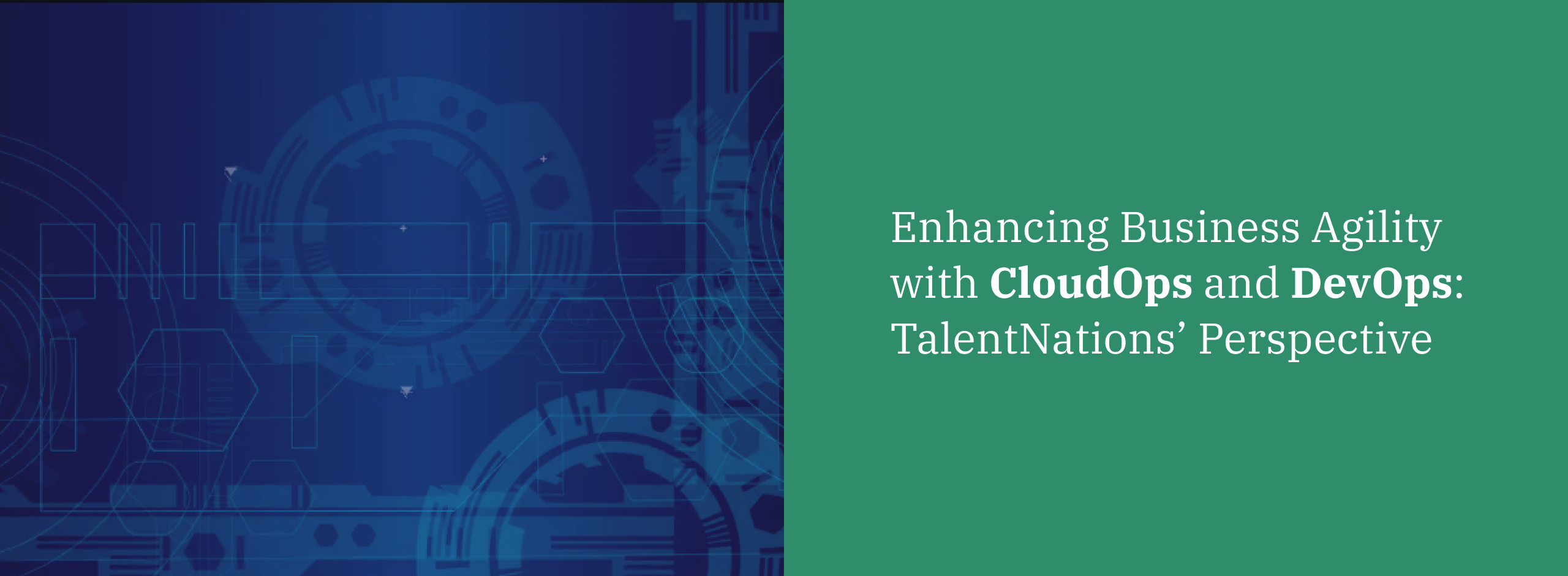
Understanding Web 3.0 and Its Potential Impact on Your Business
Web 3.0, often referred to as the 3rd generation of the internet, represents the next evolutionary leap in the digital landscape. TalentNations' team has gathered this crucial information about Web 3.0 to help you understand its impact on your business better.
Unlike its predecessor, Web 2.0, which was characterized by increased user interactivity and social networking capabilities, Web 3.0 is built upon the core principles of decentralization, openness, and greater user utility.
Key Features of Web 3.0
Decentralization: At the heart of Web 3.0 is the move away from centralized data storage to a distributed model. This means that data is no longer stored in a single location but is distributed across a network, enhancing security and reducing the risk of data breaches.
Semantic Web: Web 3.0 aims to create a "Semantic Web," where data is interconnected in a way that can be easily understood and utilized by machines, enabling them to perform more complex tasks and understand human requests more accurately.
Artificial Intelligence and Machine Learning: Enhanced by AI and machine learning, Web 3.0 can provide more personalized and relevant experiences for users by analyzing and understanding their preferences and behaviors.
Blockchain and Cryptocurrency: The integration of blockchain technology and cryptocurrencies in Web 3.0 provides new ways for transactions to be processed, recorded, and secured.
Impacts on Business
Data Security and Privacy: With the decentralized nature of Web 3.0, businesses can benefit from increased data security. This decentralization makes it harder for hackers to access sensitive information, thereby protecting both the company and its customers.
Improved User Experience: The semantic web and AI integration mean businesses can offer more personalized and efficient online experiences to their customers.
New Business Models: The advent of blockchain and cryptocurrencies opens up new business models, particularly in areas like micropayments, smart contracts, and decentralized finance (DeFi).
Enhanced Marketing Strategies: The ability to analyze large amounts of data with AI will allow for more targeted and effective marketing strategies.
Challenges and Considerations
Technical Complexity: Implementing Web 3.0 technologies can be complex and may require significant investment in new skills and infrastructure.
Regulatory Uncertainty: As a new frontier, Web 3.0 faces regulatory uncertainties, especially in areas like cryptocurrency and data usage.
Transition and Compatibility: Moving from a centralized to a decentralized web infrastructure may pose challenges in terms of compatibility with existing systems and processes.
Conclusion
Web 3.0 holds the promise of a more secure, intelligent, and user-centric internet. For businesses, adapting to this new era will not only be beneficial but essential to stay competitive. Companies that are proactive in understanding and leveraging Web 3.0 technologies are likely to thrive. With the right expertise, like that offered by TalentNations, businesses can seamlessly integrate Web 3.0 solutions, enhancing their competitive edge in the digital age.
About TalentNations
TalentNations is a global B2B platform for IT outsourcing and solutions, facilitating connections between companies and top IT specialists within 48 hours of a client's request. Presently, the platform boasts over 200 IT companies from 50+ countries. More information on talentnations.com.
Follow us on LinkedIn and Facebook.
For inquiries: hello@talentnations.com.






